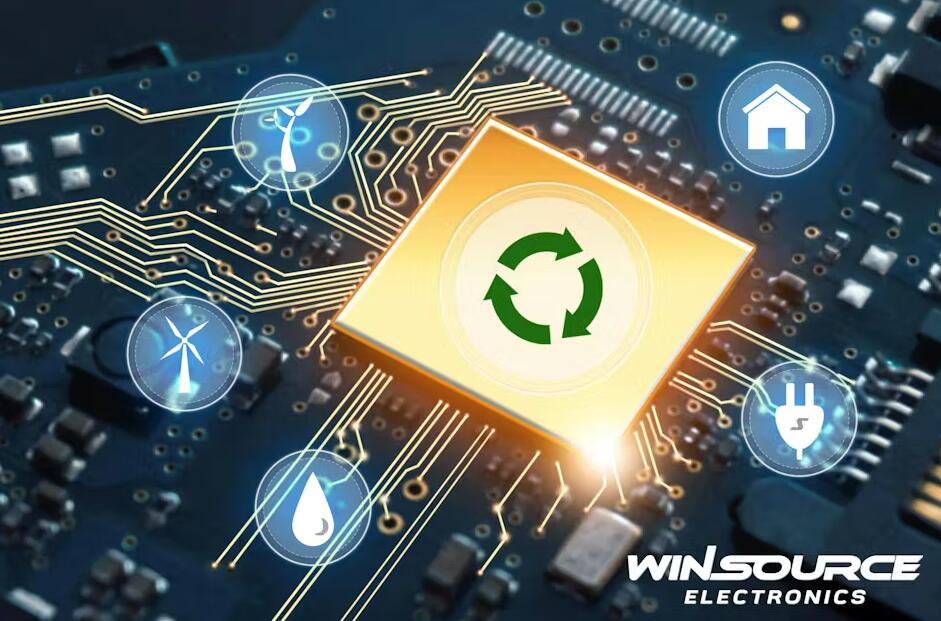
In the modern world, the fast progress of technology produces huge quantities of obsolete electronics. This is already a global problem and countries everywhere are searching for solutions. So, what are the leading methods of waste stream management and how can you prevent it from occurring in the first place?
The following information should expand your knowledge of this problem. By the end, you will also learn about potential solutions including our own sustainable product options.
What Is eWaste?
Across the world, people either accumulate or throw out dozens of pieces of technology each year. These include smartphones, televisions, kitchen appliances, and many more items besides. In 2021 alone, the world generated over 57 Million Metric Tonnes of e-waste, and this is only getting worse every year. While these items no longer suit their purpose, they continue to carry valuable materials such as gold, silver, and copper. At the same time, they also contain chemicals such as mercury, lead, and cadmium that are harmful to not only humans but the environment as a whole.
Global Initiatives in eWaste Monitor Services
Most nations continue to work towards both collecting data on and battling this eWaste generation. With the data they gather, the intent is to develop better strategies to help stem this tide.
Many of these plans need global support, or at least standardized practice, though this can be hard to get people on board with.
In some corners, though, companies such as WIN SOURCE work with the Infrastructure Protection Center (IPC) to do their part. This involves advocating for better use of materials and supporting recycling. In the case of WIN SOURCE itself, it focuses on moving obsolete electronic components to a new owner who will make the best use of them.
Where Is the Fastest Growing Waste Stream?
In general, the increase in eWaste is most noticeable in places that leverage rapid technological progress. Countries that do not stop companies from making devices with short lifecycles and a lack of repairability are often near the top of such lists. Even the United States is a contributor to such issues. In 2020 alone, it created almost 21 kg of eWaste per person, putting it in the top 10 contributors to the problem.
Device Recycling and Waste Stream Management
To reduce the issue and remove eWaste from the municipal waste stream, some companies now push for more proactive measures. These include:
● Consumer education
● Encouraging device recycling
● Legally-mandated repairability
Still, there is a great deal more to do, and companies that leverage this need for action are at the forefront of real positive change.
Companies Doing Their Part
While countries commit to waste stream management regulations, smaller companies also need to do their part. As one example, it can be hard for an organization to source obsolete electronics, meaning they often end up manufacturing more. For that reason, businesses like WIN SOURCE aim to collect and distribute devices like these so they do not end up discarded. To find out more about their process and how they can help you move forward, get in contact today.

COMMENTS